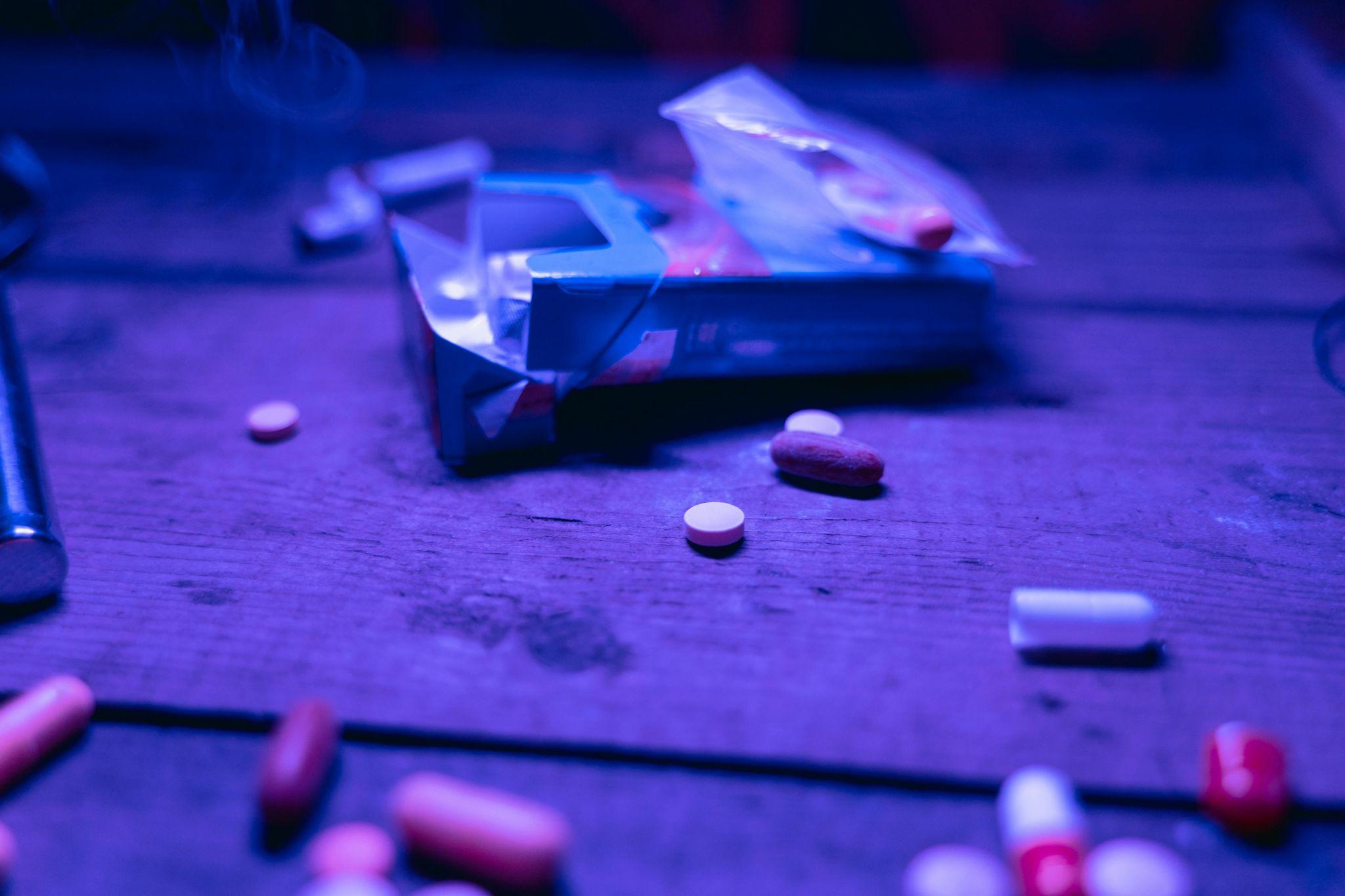In recent years, a drug known as pink cocaine has been making headlines, raising questions about its nature and potential dangers. Originating from South America, this substance, also referred to as ‘tusi’ or ‘tucibi’, is not a variant of traditional cocaine, but a synthetic drug with properties similar to ecstasy. The unpredictable composition of pink cocaine, coupled with its high potential for addiction and severe withdrawal symptoms, presents serious health risks. Understanding the intricacies of this drug is essential, and as we explore this topic, we invite you to participate in this enlightening discussion.
Understanding Pink Cocaine
Pink cocaine, often misleadingly alluring in name, is a potent and dangerous substance that has been growing in popularity. The origins of pink cocaine trace back to South America, particularly Colombia where it is also known as ‘tusi’.
Despite its name, pink cocaine is not a derivative of cocaine but rather a synthetic drug similar to ecstasy or amphetamines.
Several myths surround pink cocaine, particularly the notion that it is a safer or ‘lighter’ version of traditional cocaine. This is a dangerous misconception, as pink cocaine poses significant health risks due to its highly addictive nature and the unpredictability of its effects.
The legality of pink cocaine varies globally, but it is often classified as a controlled substance due to its potential for abuse and the harm it can cause. In many countries, possession, usage, or distribution of pink cocaine is illegal and can lead to serious legal consequences.
While pink cocaine usage is on the rise, it’s essential to be aware of safer alternatives for recreational or medicinal purposes. These can include regulated substances or therapeutic practices that offer similar benefits without the associated risks.
Composition and Effects
Delving into the composition of this hazardous substance, it becomes apparent that its effects are as diverse as they are dangerous.
Pink cocaine, also known as “tucibi” or “2CB,” has origins in the 1970s club scene. Yet, its resurgence in recent years has brought about new trends and concerns.
Pink cocaine is often marketed as an alternative to traditional cocaine, but the truth is far more complex. This substance combines the stimulant effects of cocaine with the hallucinogenic properties of ecstasy.
While some users chase this unique high, others fall prey to the myths perpetuated about its supposed safety.
Despite the misleading name, pink cocaine is a synthetic drug, often containing a dangerous mixture of amphetamines, hallucinogens, and anesthetics.
This unpredictability in composition, combined with its potent effects, renders it a high-risk substance.
The Dangers of Pink Cocaine
Venturing into the domain of pink cocaine’s hazards, one swiftly uncovers a host of alarming risks. The substance is notorious for its potent addictive qualities, with addiction patterns typically emerging after only a few uses. The swift onset of dependency can quickly lead to a drastic alteration in lifestyle, as users prioritise the drug over personal, professional, and social commitments.
Withdrawal symptoms from pink cocaine can be severe and debilitating, often including intense cravings, depression, anxiety, and physical discomfort. This can further exacerbate the addiction, trapping users in a vicious cycle of use and withdrawal.
Social stigma surrounding drug use can further complicate the issue, creating barriers to seeking help and recovery support. This stigma can lead to feelings of isolation, shame, and guilt, which can in turn fuel the addictive behavior.
Despite these challenges, it is essential to recognise that treatment options are available. These typically involve a combination of medical intervention and psychological therapy.
Recovery from pink cocaine addiction is possible and should not be faced alone. It is always important to reach out to a healthcare professional if you or a loved one are struggling with substance use.
Pink Cocaine and Public Health
Moving from the personal implications of pink cocaine misuse, it is vital to comprehend its broader effects on public health. The rise of pink cocaine use raises significant concerns, not just for individual users, but for society as a whole.
The public perception of this drug, heavily influenced by media portrayal, often minimizes the real dangers and consequences associated with its use. This can lead to increased misuse and a lack of understanding about the severity of the problem.
The addiction stigma surrounding pink cocaine can deter individuals from seeking help, exacerbating the public health crisis. It is essential, consequently, to focus on prevention strategies, such as educational campaigns and early intervention programs. These can both deter initial use and help identify those in the early stages of addiction.
Simultaneously, the provision of adequate recovery resources is important. This includes not only medical treatment but also emotional and psychological support.
Final Thoughts
Ultimately, the synthetic drug pink cocaine presents significant health hazards due to its unpredictable composition and potential for addiction. Its stimulant and hallucinogenic properties pose a threat not only to individual users but also to public health, highlighting the need for increased awareness and intervention strategies. It is imperative to continue research, education, and support services to mitigate the risks associated with this dangerous substance.
At Altitude Recovery, we’re committed to lifting you from the depths of substance use challenges to the heights of recovery and resilience. Our expert team provides personalized, evidence-based treatment services designed to support your distinct path towards healing. Reach out to us for the understanding and compassionate care you deserve on your journey to wellness.
Frequently Asked Questions
What Is the Legal Status of Pink Cocaine Worldwide?
The legal status of pink cocaine varies globally due to classification differences and emerging trends.
Some countries have strict regulations, categorizing it as a highly controlled substance, while others face enforcement challenges due to its relatively new prevalence.
The legal implications are continuously evolving, and the international regulations are not uniformly applied, leading to a complex and dynamic legal landscape.
It’s vital to stay informed about the current laws in your specific location.
How Does Pink Cocaine Use Compare to Other Recreational Drugs?
In comparison to other recreational drugs, pink cocaine, also known as ‘U-47700’ or ‘Pink’, is relatively new and less researched.
Its effects can be stronger and more unpredictable, posing higher risk factors.
Although its popularity trends and user demographics are not fully known, it’s gaining notice in several cultures.
However, its risk profile and lack of scientific understanding make it a perilous choice in the domain of recreational drug use.
What Are the Withdrawal Symptoms of Pink Cocaine?
Withdrawal symptoms of pink cocaine can be severe and include psychological effects such as depression, anxiety, and intense cravings.
The addiction potential is high, affecting diverse user demographics.
Prevalence rates indicate an increasing trend, especially among young adults.
Long-term consequences include cognitive impairment, cardiovascular issues and potential for overdose, underscoring the importance of seeking professional help to manage withdrawal and promote recovery.
Is There a Specific Treatment for Pink Cocaine Addiction?
Yes, there are specific treatments for pink cocaine addiction.
It often involves a combination of detoxification, therapy approaches, and counseling techniques. Various recovery programs provide a structured environment to help individuals overcome their addiction.
These programs may include group therapy, individual counseling, and medication-assisted treatment.
It’s important to remember that each person’s journey to recovery is unique and should be tailored to their specific needs and circumstances.
Are There Support Groups or Resources for Pink Cocaine Users Seeking Help?
Yes, there are numerous support networks, addiction counseling services, and recovery programs available for individuals seeking assistance with substance abuse issues.
These resources offer harm reduction strategies, professional guidance, and user testimonials to help individuals understand and overcome their addictions.
It is crucial to remember that recovery is a journey, and reaching out for help is a significant first step towards reclaiming one’s health and well-being.





